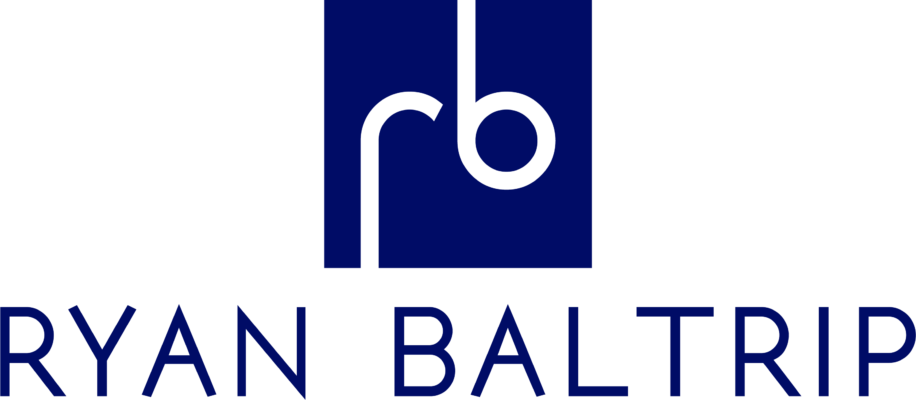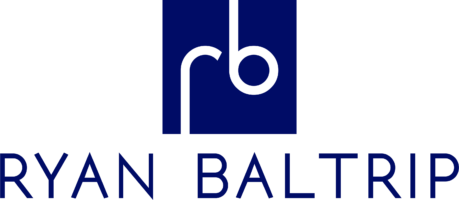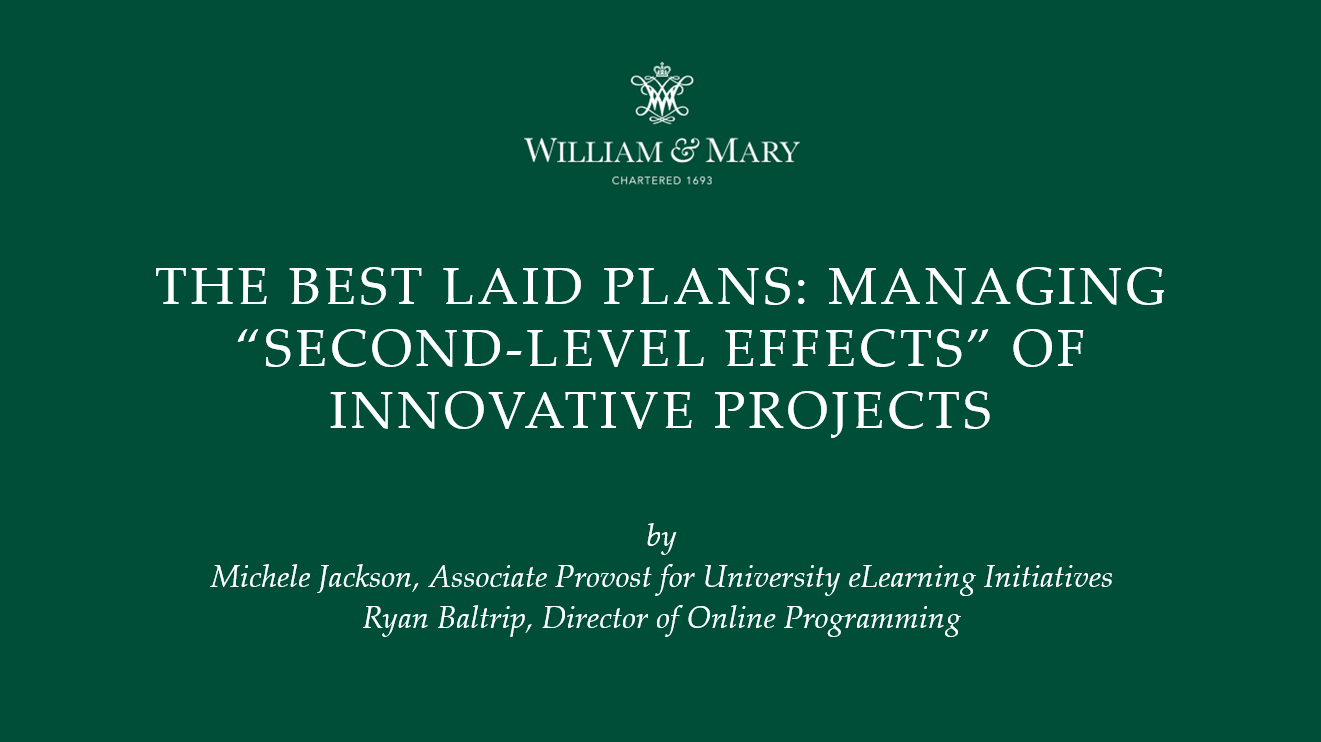Planning New Professional Education Programs: A Look at Key Considerations
Developing new professional and continuing education (CE) programs requires careful planning and thoughtful consideration of various factors. This post explores some of the key elements you might encounter when reviewing a spreadsheet outlining potential CE program offerings, drawing from the sample data provided (though it’s important to note that specific details will vary depending on your institution and program). 1. Program Options and Considerations Program Length: The spreadsheet might show you a range of options for program lengths, from shorter online courses to full-fledged certificate programs. Course Formats: The data might include various delivery formats like fully online, blended (online with in-person elements), or on-campus intensives. Break-Even Analysis: This analysis would show the minimum number of students required to cover the program’s costs. Pay Scales: The data might include potential instructor pay scales depending on factors like experience and credentials. 2. Finding the Right Balance When creating new CE programs, it’s crucial to find the right balance between the program’s: Value Proposition: What unique benefit will this program offer potential students in terms of career advancement or skill development? Market Demand: Is there a sufficient number of interested professionals in your target audience who are willing to pay for this program? Delivery Costs: Can the program be delivered in a cost-effective way, considering factors like instructor fees, technology needs, and marketing efforts? 3. Spreadsheet as a Planning Tool A spreadsheet can be a powerful tool for planning and comparing different program options. Here’s how it might be used: Cost Modeling: The spreadsheet might be used to model program costs under different scenarios (e.g., different enrolment numbers or instructor costs). Identifying the Most Viable Option(s): By comparing break-even points and revenue projections across various program options, you can identify those with the highest likelihood of financial success. Optimizing Program Design: Data from the spreadsheet can inform decisions about program length, format, and [...]







